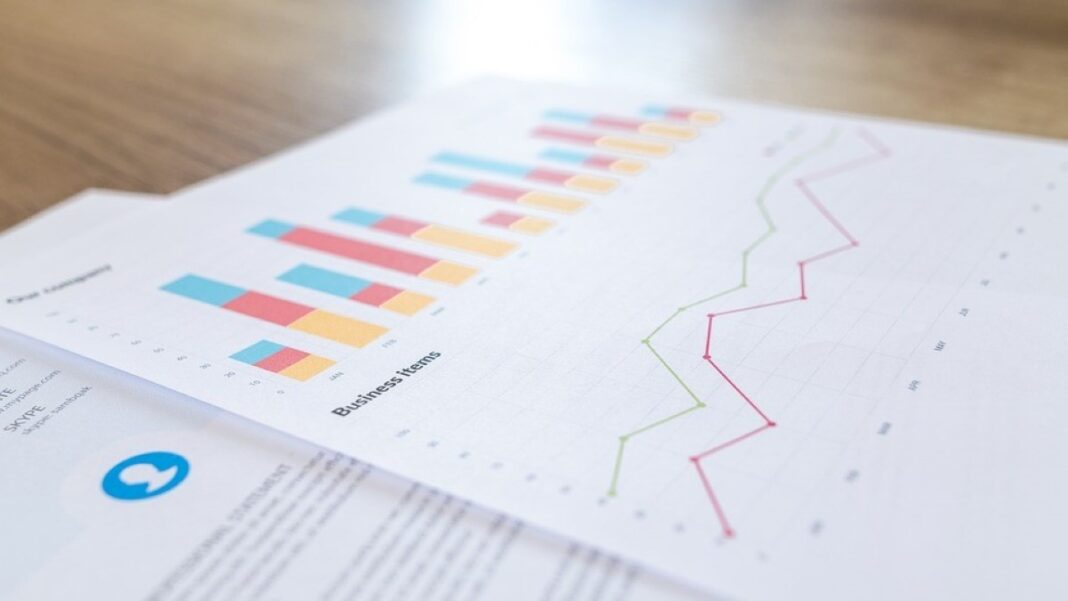INDIA: Correlation is a statistical measure that shows the relationship between two variables, and Berkson’s Paradox tells us to be careful of the inferences made from the statistic.
Mathematicians widely use correlation to identify patterns and predict future outcomes. However, the accuracy of correlations can be deceiving in some cases, as demonstrated by Berkson’s paradox.
Berkson’s paradox is a statistical phenomenon occurring when a negative correlation between two variables disappears or reverses when a mathematician introduces a third variable. The paradox was named after Joseph Berkson, a physician and statistician who first described it in 1946.
An example can illustrate the paradox. Suppose a hospital is conducting a study investigating the relationship between diabetes and obesity. The researchers measure the participants ‘body mass index (BMI) and blood glucose levels.
The researchers found a negative correlation between BMI and blood glucose levels, meaning blood glucose levels decrease when BMI increases. However, when the researchers introduce a third variable, such as age, the negative correlation disappears or reverses.
This disappearance or reversal happens because age correlates positively with BMI and blood glucose levels. The correlation confounds the relationship between the two variables. Berkson’s paradox has important implications for medical research and clinical practice.
For example, a study finds a negative correlation between two risk factors for a disease, such as smoking and alcohol consumption. The correlation may be misleading if it doesn’t account for a third variable, such as age or genetic predisposition.
This negative correlation can lead to incorrect conclusions and ineffective interventions.
The paradox also has implications for machine learning and artificial intelligence, which rely on correlations to make predictions and decisions. If the correlations are spurious or confounded by a third variable, the models can produce biased or inaccurate results.
This confusion is particularly relevant for sensitive domains such as criminal justice, finance, and healthcare, where decisions based on faulty correlations can have serious consequences. To avoid Berkson’s paradox, researchers and data analysts must be aware of the potential confounding variables and adjust for them in their analyses.
Analysts can make themselves aware of the potential confusion through statistical methods such as regression analysis, which allows for the control of multiple variables simultaneously.
Additionally, researchers can use experimental designs that manipulate the variables of interest while holding other factors constant, such as randomized controlled trials.
Also Read: Indian-origin Engineer Amit Kshatriya Appointed as Head of NASA’s Moon to Mars Program



